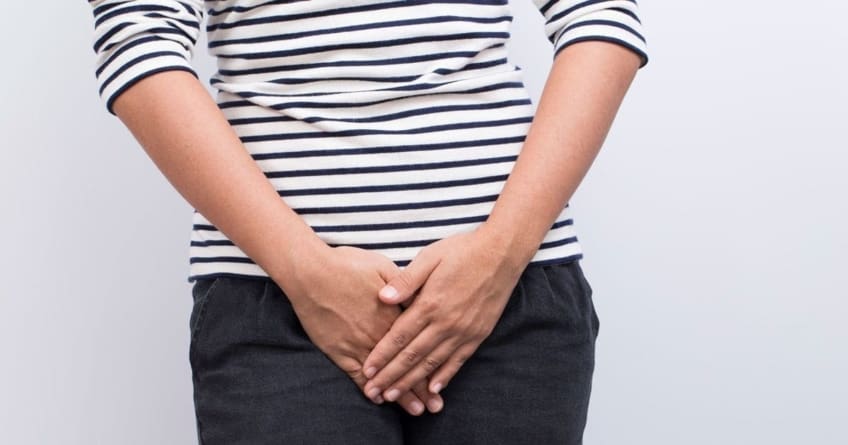
What is a vaginal yeast infection?
Vaginal yeast infections are caused by a fungus called Candida. Yeast are tiny organisms that normally live in small numbers on the skin and inside the vagina. The acidic environment of the vagina helps keep yeast from growing. However, if the vagina becomes less acidic, too many yeast can grow and cause a vaginal infection.
Yeast infections are common; every 3 out of 4 of women will have one in their lifetime. Half of all women have more than one infection in their lifetime.
Symptoms of a yeast infection
Yeast infections can be very uncomfortable but usually aren’t serious. Symptoms include:
- Itching and burning in the vagina and around the vulva (the skin that surrounds your vagina)
- A white vaginal discharge that may look like cottage cheese
- Pain during sexual intercourse
- Swelling of the vulva
- Pain during urination
What causes yeast infections?
The acidic balance of the vagina can be changed by a number of factors, including:
- Your period (menstruation)
- Pregnancy
- Diabetes
- Douche products
- Some antibiotics
- Birth control pills
- Steroids
Moisture and irritation of the vagina also seem to encourage yeast to grow.
How are yeast infections diagnosed?
If you have symptoms of a yeast infection, your doctor will want to talk to you about your symptoms. He or she will also perform a pelvic exam to look at your vulva and vagina. Your doctor may also take a sample of your vaginal discharge. This sample will be sent to a lab to help determine if you have a yeast infection.
Can yeast infections be prevented or avoided?
Here are some things you can do to help prevent a yeast infection:
- Don’t wear tight-fitting clothing or clothing made out of synthetic material.
- Wear cotton panties.
- Don’t wear pantyhose or leotards every day.
- Use your blow dryer on a low, cool setting to help dry your genital area after you bathe or shower and before getting dressed.
- Change out of wet swimsuits or other damp clothes as soon as you can.
- Don’t douche or use feminine hygiene sprays, deodorant sanitary pads, or tampons.
- Avoid using colored or perfumed toilet paper.
Yeast infection treatment
Yeast infections are usually treated with medicine you put in your vagina. This medicine may be a cream you insert with a special applicator. Or the medicine may be a suppository you put into your vagina and allow it to dissolve on its own. Medicine in a pill form to take by mouth is also available. Some medicine is available as a cream you can put on your vulva to help relieve itching.
If you’ve had a yeast infection before and are having classic symptoms, you may want to treat the infection using over-the-counter (OTC) medicines. There are many brands available that offer creams (two brand names: Monistat and Vagisil) and suppositories (one brand name: NutraBlast).
Although it’s rare, you can transmit a yeast infection to your partner through sexual intercourse. Talk to your doctor about treatment options if your partner begins to develop symptoms of a yeast infection.
Living with yeast infections
Be sure to see your doctor the first time you have symptoms of a yeast infection. It’s very important to make sure you have a yeast infection and not another more serious infection. The symptoms of a yeast infection are also the symptoms of other infections, such as some sexually transmitted infections (STIs). Treating yourself for a yeast infection when you actually have another type of infection may make the problem much worse.
Some women (about 5%) have recurrent yeast infections. This means they get more than 4 vaginal yeast infections in a year. This condition is called recurrent vulvovaginal candidiasis (RVVC). If you have multiple yeast infections each year, talk to your doctor. He or she may be able to prescribe a treatment that can help prevent the infection from coming back so often.
If you have been diagnosed with many yeast infections over the years, talk to your doctor about medicine you can buy without a prescription to relieve your symptoms and treat the infection.
Questions for your doctor
- Do my symptoms indicate a yeast infection?
- Do I need any tests, such as for sexually transmitted infections?
- What is the likely cause of my yeast infection?
- What treatment do you recommend? Can I use an over-the-counter medicines?
- Does my sexual partner need treatment?
- Is it safe for me to have sex, or should I wait until after I finish the treatment?
- What should I do if I get another yeast infection? Do I need to visit you again?
![]()
Copyright © American Academy of Family Physicians
This information provides a general overview and may not apply to everyone. Talk to your family doctor to find out if this information applies to you and to get more information on this subject.






